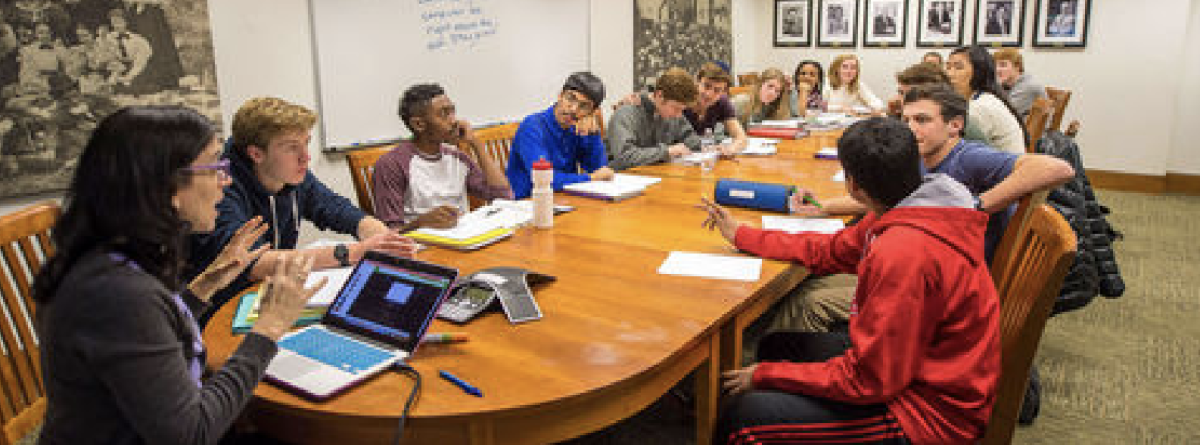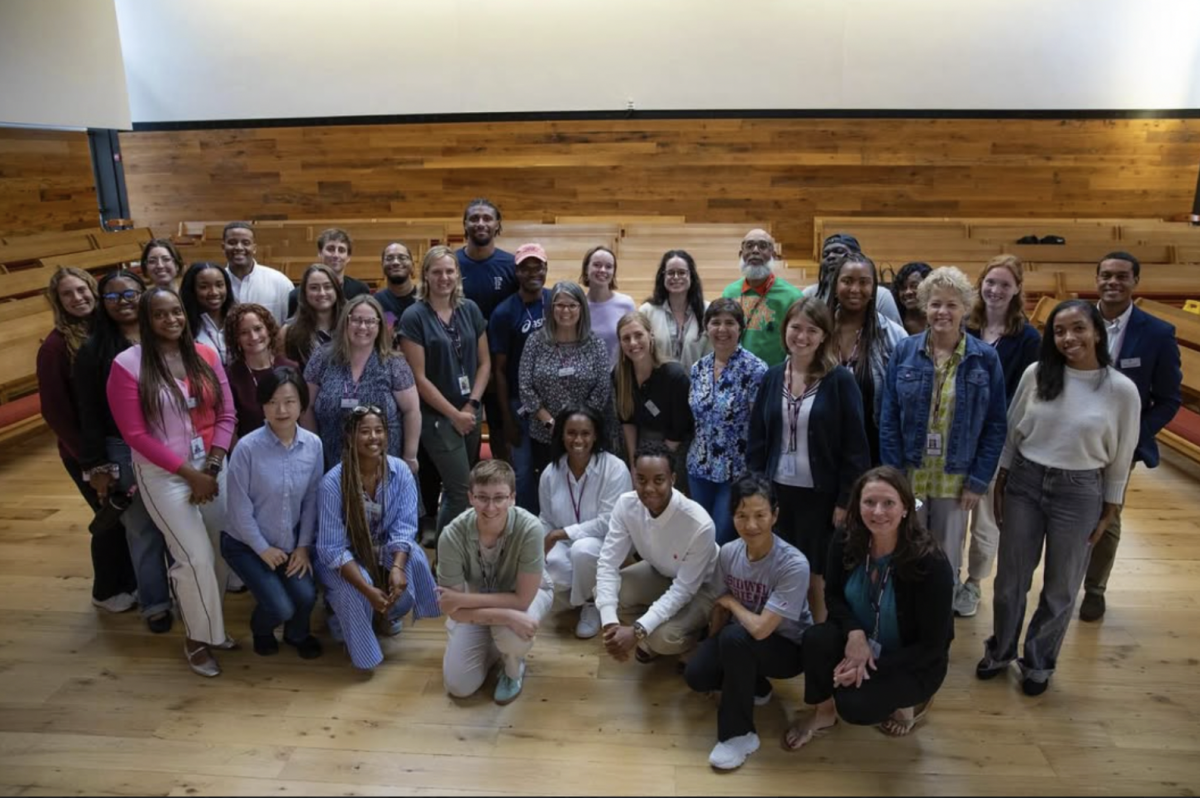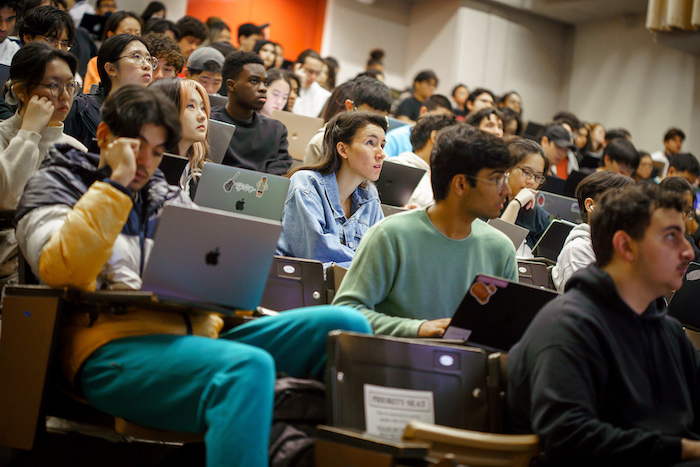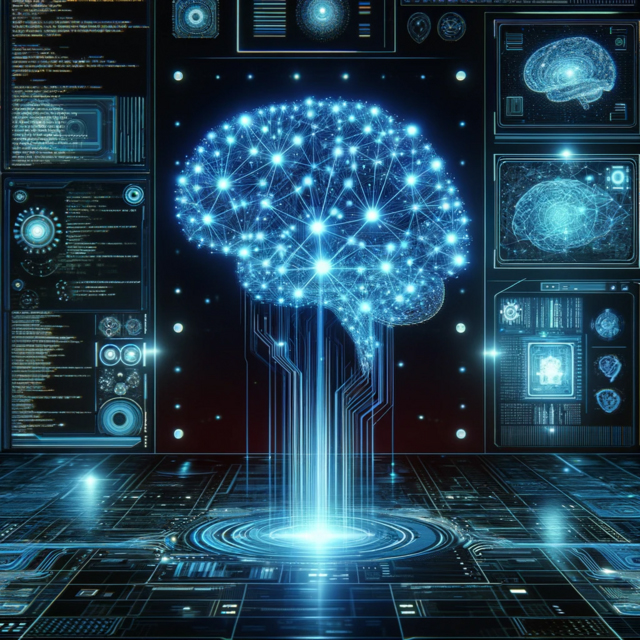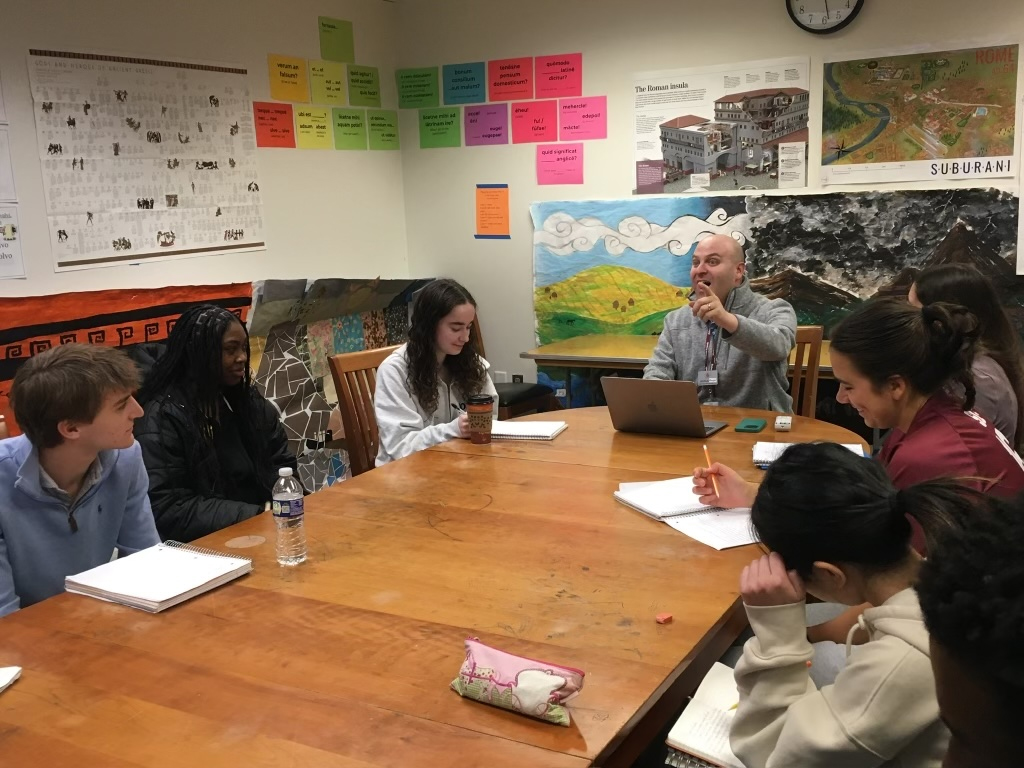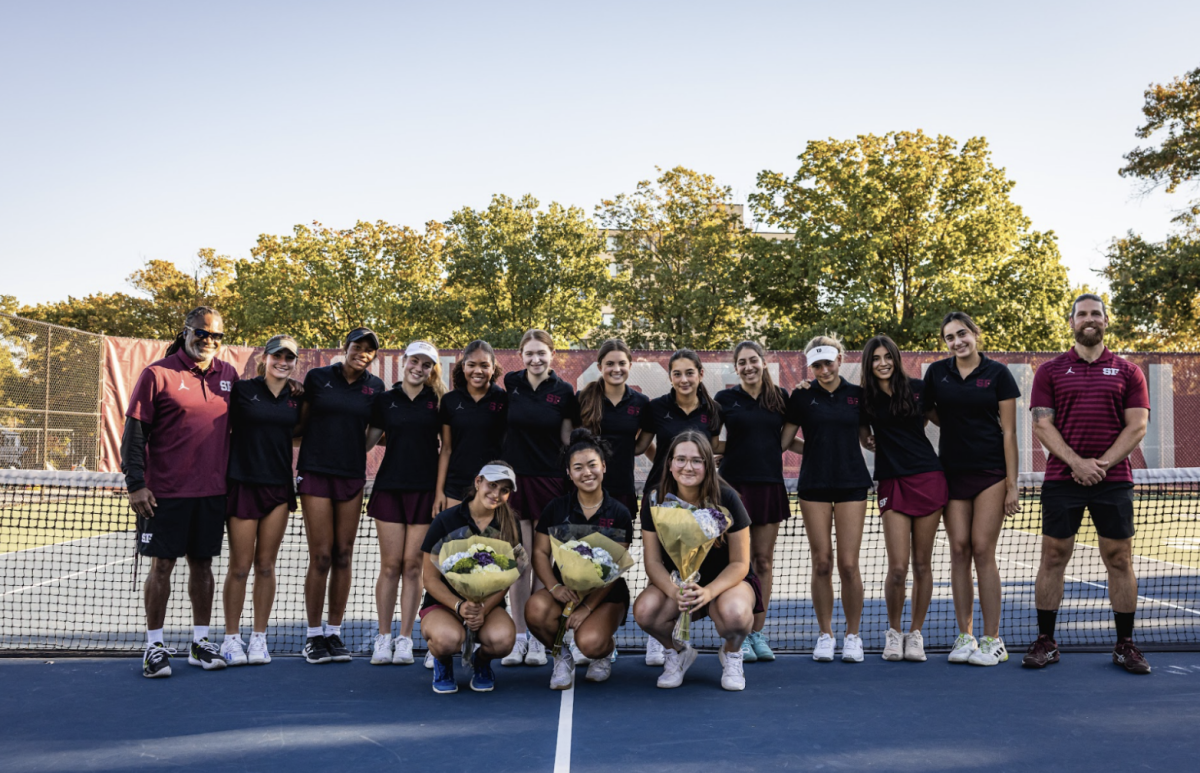Through organizations such as Silicon Valley High School, “an accredited online institution revolutionizing secondary education through AI-powered learning” according to their website, it is evident that Silicon Valley is pushing for AI usage in education. As a result, a national debate has emerged over whether AI truly has a place in the classroom. Many major schools already incorporate AI.
University of Pennsylvania’s Wharton School of Business began using the tool in 2022 to replicate benefits seen in earlier pilot programs. Duke University introduced “DukeGPT” in 2022 to connect users with research. Silicon Valley’s efforts to persuade educators to adopt AI are therefore well-founded.
Through personalization, AI applications can have a significant impact on student success. A study by the University of Chicago analyzed the Personalized Adaptive Learning (PAL) program in Andhra Pradesh, India, which used AI to tailor educational content to individual students. Findings revealed that PAL participants achieved learning gains equivalent to 1.9 years in just 17 months (about 1.42 years) — substantially outperforming students in non-PAL schools. Nobel Prize-winning economist Michael Kremer summarized that the study offers clear evidence that, when paired “with strong governance,” AI can improve learning outcomes. These improvements were seen across all grade levels, with the youngest students showing particularly strong progress.
Further research highlights the benefits of AI in accessibility. Microsoft, in collaboration with ObjectiveEd, developed the Braille AI Tutor, an AI-powered tool designed to assist students with visual impairments in practicing Braille. The system uses speech recognition to assess students’ reading ability, provides real-time feedback and engages them through interactive games. This approach supports literacy development and promotes independence among students with disabilities.
A significant concern about AI is that it may harm learning and retention if students overuse it, bypassing the effort required to absorb lessons fully. Research indicates that overreliance on AI can damage cognitive development by reducing the practice of essential skills. However, as Kremer notes, institutions can avoid these risks with proper governance and structured implementation.
Rather than having AI complete critical thinking tasks, it can serve as a foundation for students to think critically themselves. Cameron Edmond, a lecturer in game development at Macquarie University, experimented with this approach by assigning students an essay on the game industry and providing a ChatGPT-generated essay for critique. Students still completed assignments themselves, but they were able to use AI as a learning tool. Edmond concluded that using AI in this way was effective and asked, “Isn’t that what universities are all about?”
Sophomore Sevak Stepanyan affirms this belief, stating, “some level of using AI is going to be helpful for education…but the correct restrictions need to be put on. And of course, it’s very tempting to use AI for the wrong things.” AI’s effectiveness depends on how it is used and regulated. Schools have an opportunity to teach students how to use AI responsibly, preparing them for a future where AI literacy will be as essential as computer literacy is today.



